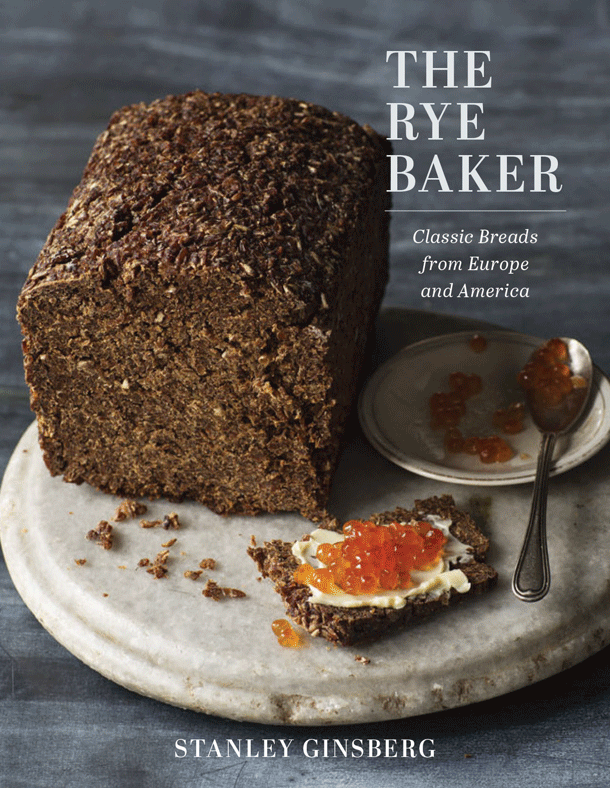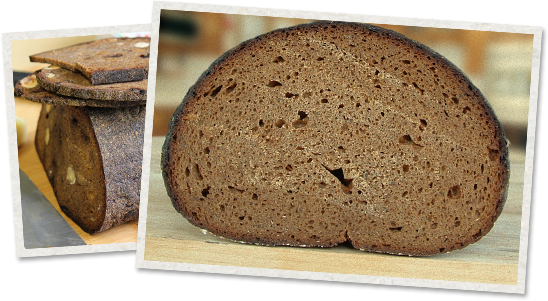
Recently, someone asked me for advice on how to get their cookbook published. On rereading my response, I thought that others might find it helpful, so here goes:
by John Melngailis – Partner, Black Rooster Food, LLC

NOTE: I first met John Melngailis at Bread Furst, James Beard winner Mark Furstenburg’s Washington DC bakery. Mark had been kind enough to arrange for me to appear at the bakery to publicize The Rye Baker, and invited John, whose love of his native Latvian rye breads prompted him to found Black Rooster Food and start baking them commercially. Needless to say, John and I hit it off immediately, spending a good part of the morning talking about the marvels of Baltic rye. He was also kind enough to bring me a loaf of each of his breads — dense, sweet-sour rupjmaize, and a triangular loaf of his fruit-and-nut holiday bread, both of which were extraordinary. So when John sent me this essay on his relationship with the bread he loves, I simply had to share; it’s a fascinating read.

Rye meal (bottom row, left to right): rye kernels, coarse, medium, fine
Note: This article first appeared in the Fall, 2017 issue of Bread Lines, the quarterly newsletter of the Bread Baker’s Guild of America.
When I buy a bag of wheat flour, I pretty much know what I’m getting. We’re a wheat-eating nation, and although there are no formal standards for wheat flour grading, the milling industry has reached a marketing consensus that puts everyone on the same page. So no matter who milled it, I can be confident that my bag of bread flour will contain 12-13% protein and 0.50-0.53%ash, my H&R/AP flour will come in at10.5-12% protein and 0.52-0.53% ash, my soft wheat cake flour will measure at 8.0-9.5 percent protein and 0.42-0.45% ash, and so on down the line for any other flour I might need. There are few, if any, surprises.
Bread Lines, the quarterly newsletter of the Bread Baker’s Guild of America (BBGA) recently published my article on rye chemistry, including a formula for Russian Lyubitelski Rye.
You can download it here.
For the first time since I began baking rye breads eight or nine years ago, I recently — like yesterday — learned of bakers whose rye bread recipes call for retardation — Andrew Whitley (Bread Matters) and Charel Scheele (Old World Breads). That surprised me, because no traditional recipe I’ve ever come across — and I’ve seen upwards of 200 — calls for refrigerating the dough, especially in high-percentage ryes.
I grew up eating rye bread — or at least what I thought of as rye bread — as the grandchild of eastern European Jewish immigrants. However, I didn’t start baking with rye until I began exploring my culinary roots, an exploration that ultimately came to fruition in Inside the Jewish Bakery.
During my research, I encountered the dense, dark rye breads that my grandparents’ generation subsisted on, but which had already disappeared from the Jewish bakeries of my childhood. I was hooked: My quest led me to the rye breads of northern, central and eastern Europe — largely unknown in the U.S. — where I found flavors, textures and baking challenges I never imagined existed.